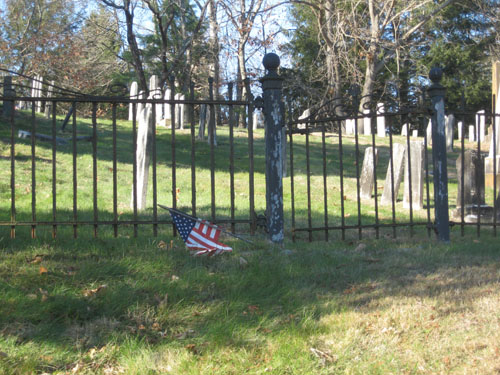
When beautiful little children and their brave teachers die in a senseless act of unspeakable violence such as the one at Sandy Hook Elementary School, the nation cries. The nation prays for relief from its overwhelming grief and from these prayers come the hope that the nation will be inspired by love, with courage and compassion to do better for all its people and especially for its helpless little children.
It’s Christmas time in Newtown CT, but on the morning of my visit there is no joy in the air. There is only heartbreak. My husband and I built our idyllic country home just a few miles from this rustic New England town. It was here that our children learned valuable lessons about family and community far away from the fast-paced world of upper east side Manhattan. It is ironic that since Friday we are trying to comprehend new lessons we never expected to experience in our fairy tale home away from home.
La fin du tournage est le début d'un voyage de guérir, leçons marquage que nous aurions dû tirer de Columbine, Colorado; Red Lake, Minnesota; Essex, Vermont; Lancaster, Ohio et la Virginie Tech, Virginia to name but a few. The journey will be long and difficult given the mental and emotional health issues that the community overwhelmed by this trauma may face over the coming months and years ahead. I asked fellow Fairfield County resident and Professor of Psychiatry at Columbia University, Dr. Brian Fallon, de partager ses réflexions sur ces questions.

Quels sont les types de stress post-traumatique et d'autres problèmes émotionnels liés au stress que cette communauté peut se attendre à faire face à court et à long terme?
This horrific event perpetrated on such young children has shocked our nation. The people of Newtown, qui est une petite communauté très unie, are devastated and in grief. Their response to this trauma will be shaped by the strength of their community bonds and by the unthinkable nature of this event.
A normal reaction to a catastrophic event is stress, which usually manifests as both emotional and physical symptoms. For most of the children and adolescents not directly affected, these reactions may last days to weeks. A subgroup of children however may develop symptoms that last months to years. These may include PTSD (dans 10-35% of children), and many more will develop less intense anxiety symptoms, specific phobias (par exemple, of the dark), and/or separation anxiety. The risk of developing PTSD after a disaster is related to the proximity to the event (i.e. where in the school was the child at the time of the shooting?), his/her relationship to those who died (i.e. did a friend or family member die?), and the cumulative burden of previous stressors on the individual. Our Connecticut/NY/NJ community for example has just come through Hurricane Sandy with massive trees falling and houses demolished by flooding. Any child already traumatized by feeling unsafe as a result of Hurricane Sandy may well experience this Newtown school massacre even more acutely, with an increased risk of PTSD symptoms.
Typical PTSD symptoms include frequent intrusive memories of the event (or in young children play in which the trauma is repeated over and over), frightening dreams (e.g, nightmares of monsters or of rescuing others), increased vigilance to harm in the environment with increased jumpiness, and physical or emotional symptoms at reminders of the event (par exemple, TV or magazine references to the shooting, loud noises at school, children screaming). Other symptoms associated with PTSD may also emerge, such as anxiety, worrying that an event like this may happen again or about dying at a young age, irritability or anger outbursts, problems with peer relationships, withdrawal from family or friends, psychosomatic complaints (par exemple, feeling sick, stomach pain, or headaches), or having problems with concentration. Developmental regression is a normal stress response especially among younger children who may become more clingy (shadowing the parent around the house, wanting to sleep in the parent’s bed) or needy and resume thumb sucking or bedwetting.
Among some children, research indicates that beginning perhaps 6 mois 1 year after the event, a child may show signs of depression or panic attacks. Indeed recovery from PTSD itself may then be followed by depressive symptoms, especially if there was a loss of a sibling or friend. Studies show that up to 90% of children who experienced the death of a close family member during a disaster may develop depressive symptoms. Studies also suggest that girls and younger children are at greater risk of developing post-traumatic stress reactions.

Specifically can you speak about caring for the very young children in the aftermath of this tragedy. What should adults do?
Support from the important adults in a child’s life is critical. This includes parents, enseignants, relatives, religious communities, and older peers. A feeling of safety needs to be established. It’s best if normal family routines are maintained and if adults are as present as possible, both emotionally and physically. Talking about the event with children is essential and will serve to decrease the fear. Children will look to their parents; parents should admit their concerns but also stress their ability to cope with this disaster and the safety of the child. Allow the child opportunities to express feelings and ask questions, through words, through writing a journal, through drawing and through play. Be understanding when the stress comes out in emotional outbursts or psychosomatic distress. Psychotherapy (individual, groupe, or family) can be very helpful, as can behavior medication techniques and cognitive therapy to help reduce fears and worries. With the help of sensitive and supportive family members and professionals, young children and adolescents with PTSD can learn to cope with the traumatic memories and eventually live happy and productive lives.

Specifically can you speak about caring for the adults i.e. teachers and parents who were affected. What kinds of anxieties could they be experiencing?
Grief will affect all. The trauma of losing a young child never goes away and the grief may be quite protracted, but healing occurs over time. Many will have an increased sense of the precariousness of life. Some adults may experience guilt, wondering what they could have done differently to prevent or alter the attack. Others will turn their grief and rage into productive social and political action to help reduce the risk of similar threats to children. The community is likely to resent the media spotlight and intrusive attention, seeking a return to the normal routines that are so valuable in giving comfort. PTSD and depression will affect some, and likely many of those directly impacted. For the sake of their own well-being and for the sake of caring most effectively for their children, these adults should seek evaluation and guidance from professional therapists and from their religious communities.
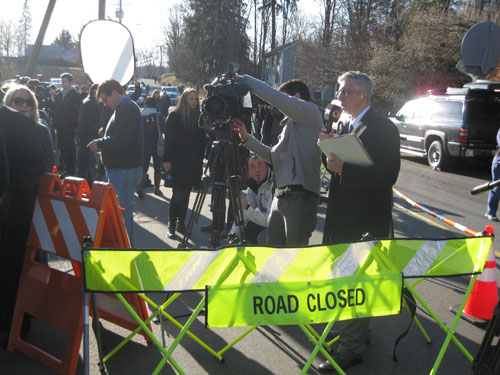
What kind of comprehensive assessment and treatment program (traditional and non-traditional education and therapeutic approaches) do you recommend this community and other schools around the nation put in place to help those struggling with the aftermath of the Sandy Hook Elementary School massacre?
Children deserve to be educated in a safe environment. De nombreuses écoles, but not all, are safe. In the aftermath of high profile school disasters (such as Columbine and Virginia Tech), many schools have put into place security measures that markedly enhance school safety. The Sandy Hook Elementary School did have such security measures. These at minimum should be mandatory for all schools. Our society, in light of this Newtown disaster, needs to once again address what additionally it can do to help ensure the safety of our children. The outcry calling for a ban on assault weapons makes sense, as without such guns fewer children would have died, the need for gun control is urgent. From a psychological perspective, teachers should be alert to behavioral disturbances in children, such as psychosomatic complaints or school refusal in younger children or declining school performance or emotional withdrawal in older children. School counselors should visit classes and welcome students to come talk to them or to the school nurses. High school students would benefit from peer group counseling mandated for all students (e.g. all 2nd year students) led by older students trained as peer group leaders In which the normal and atypical stressors of life are addressed. Attending to the psychological issues which affect our young students is a key part of the educational process.
Dr. Brian Fallon is Professor of Clinical Psychiatry at the Columbia University College of Physicians and Surgeons, and is the Director of the Lyme and Tick-borne Diseases Research Center at the Columbia University Medical Center. Fallon is on the Executive Committee of the Fairfield/Litchfield District Branch of the Connecticut Psychiatric Society.
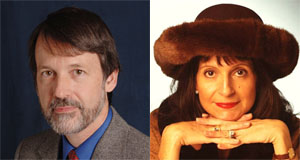
All photos are courtesy of C.M. Rubin.
Dans La Recherche globale pour l'éducation, joindre à moi et leaders d'opinion de renommée mondiale dont Sir Michael Barber (Royaume-Uni), Dr. Michael Bloquer (États-Unis), Dr. Leon Botstein (États-Unis), Professeur Clay Christensen (États-Unis), Dr. Linda Darling-Hammond (États-Unis), Dr. Madhav Chavan (Inde), Le professeur Michael Fullan (Canada), Professeur Howard Gardner (États-Unis), Professeur Andy Hargreaves (États-Unis), Professeur Yvonne Hellman (Pays-Bas), Professeur Kristin Helstad (Norvège), Jean Hendrickson (États-Unis), Professeur Rose Hipkins (Nouvelle-Zélande), Professeur Cornelia Hoogland (Canada), Honorable Jeff Johnson (Canada), Mme. Chantal Kaufmann (Belgique), Dr. Eija Kauppinen (Finlande), Le secrétaire d'Etat Tapio Kosunen (Finlande), Professor Dominique Lafontaine (Belgique), Professeur Hugh Lauder (Royaume-Uni), Professeur Ben Levin (Canada), Seigneur Ken Macdonald (Royaume-Uni), Professeur Barry McGaw (Australie), Shiv Nadar (Inde), Professeur R. Natarajan (Inde), Dr. PAK NG (Singapour), Dr. Denise Pape (États-Unis), Sridhar Rajagopalan (Inde), Dr. Diane Ravitch (États-Unis), Richard Wilson Riley (États-Unis), Sir Ken Robinson (Royaume-Uni), Professeur Pasi Sahlberg (Finlande), Andreas Schleicher (PISA, OCDE), Dr. Anthony Seldon (Royaume-Uni), Dr. David Shaffer (États-Unis), Dr. Kirsten immersive, (Norvège), Chancelier Stephen Spahn (États-Unis), Yves Thézé (Lycee Francais U.S.), Professeur Charles Ungerleider (Canada), Professeur Tony Wagner (États-Unis), Sir David Watson (Royaume-Uni), Professeur Dylan Wiliam (Royaume-Uni), Dr. Mark Wormald (Royaume-Uni), Professeur Theo Wubbels (Pays-Bas), Professeur Michael Young (Royaume-Uni), et le professeur Zhang Minxuan (Chine) alors qu'ils explorent les grandes questions d'éducation de l'image que toutes les nations doivent faire face aujourd'hui. La recherche globale pour l'éducation communautaire page
C. M. Rubin est l'auteur de deux séries en ligne largement lecture pour lequel elle a reçu une 2011 Upton Sinclair prix, “La recherche globale pour l'éducation” et “Comment allons-nous savoir?” Elle est également l'auteur de trois livres à succès, Y compris The Real Alice au pays des merveilles.
Suivez C. M. Rubin sur Twitter: www.twitter.com/@cmrubinworld


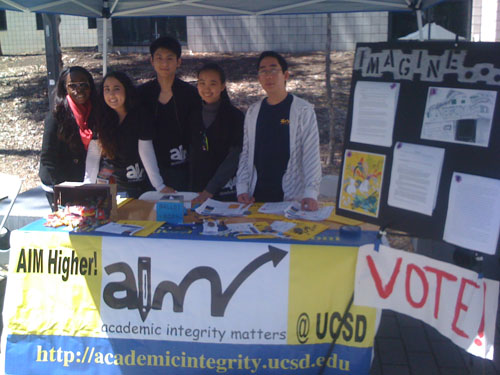
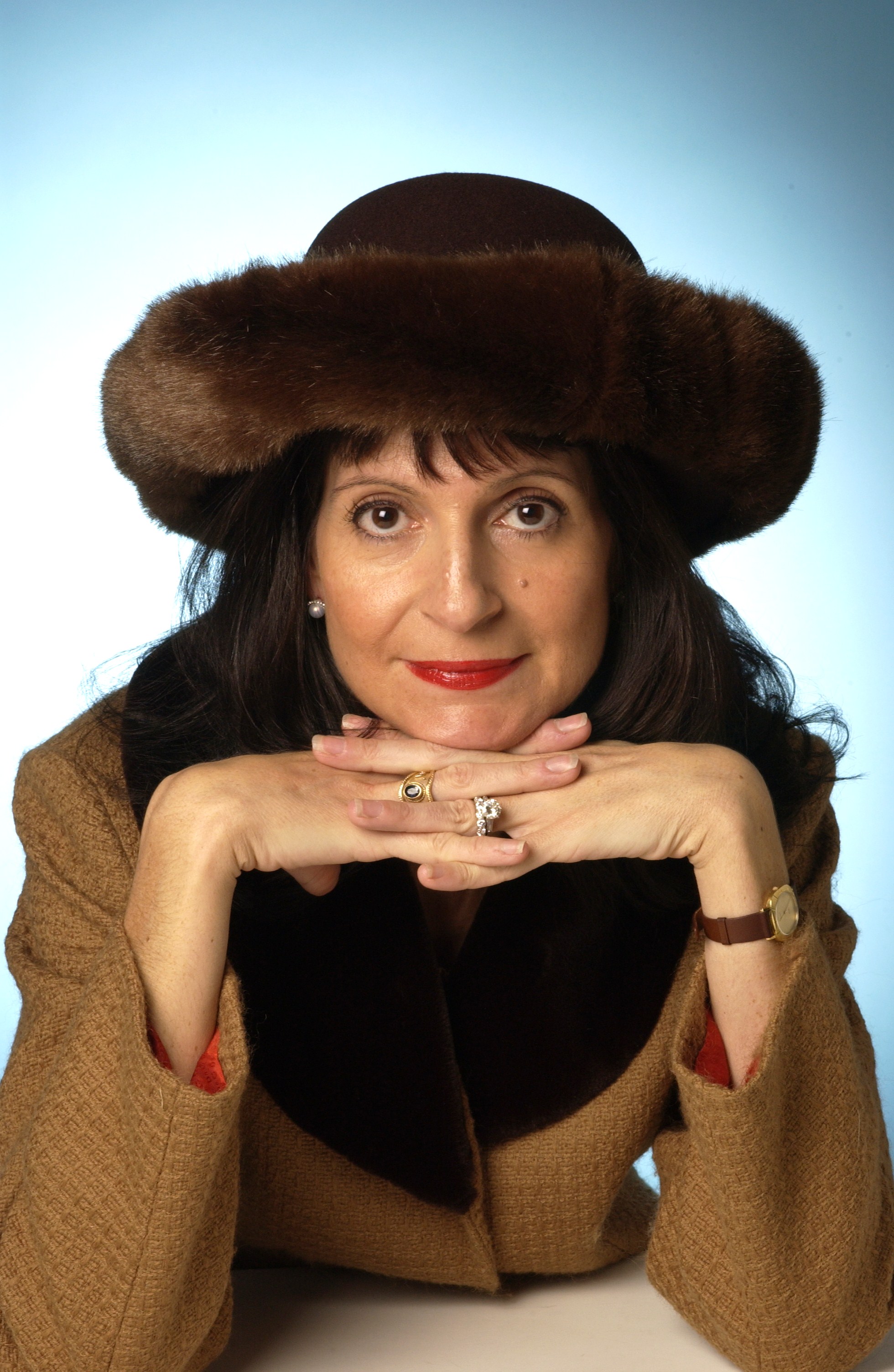
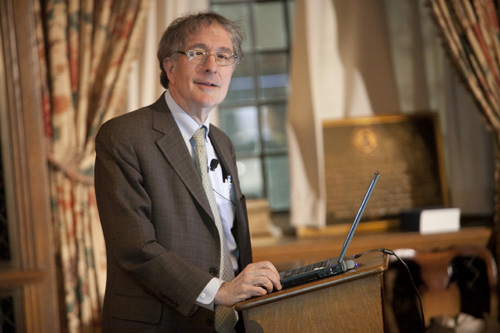
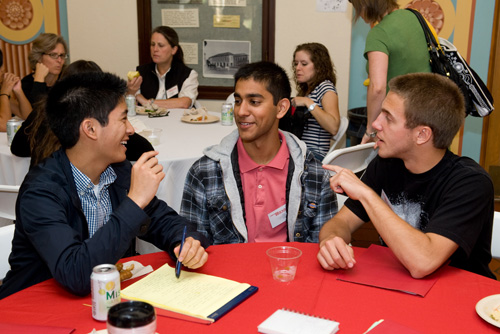
Commentaires récents